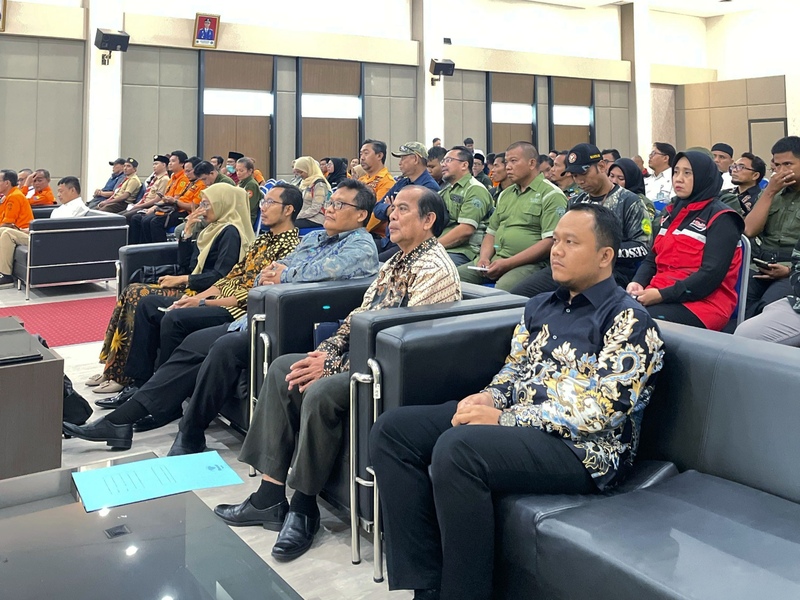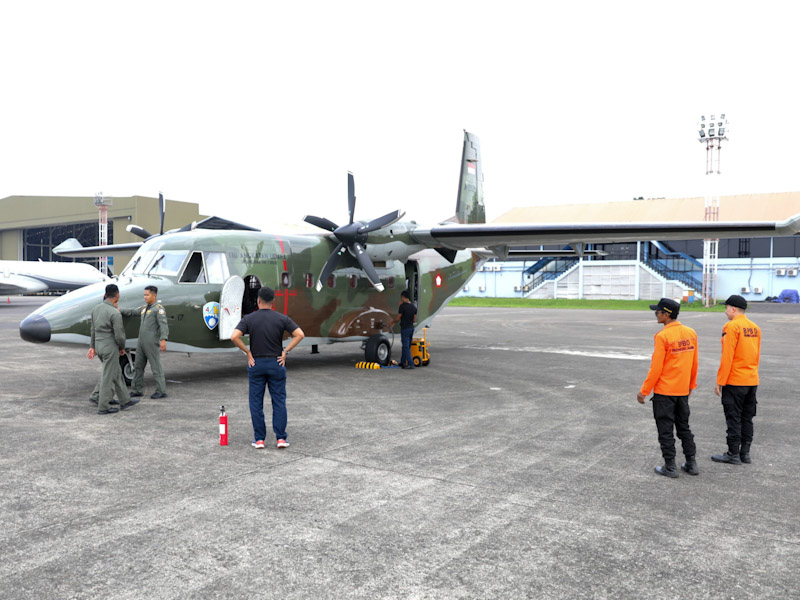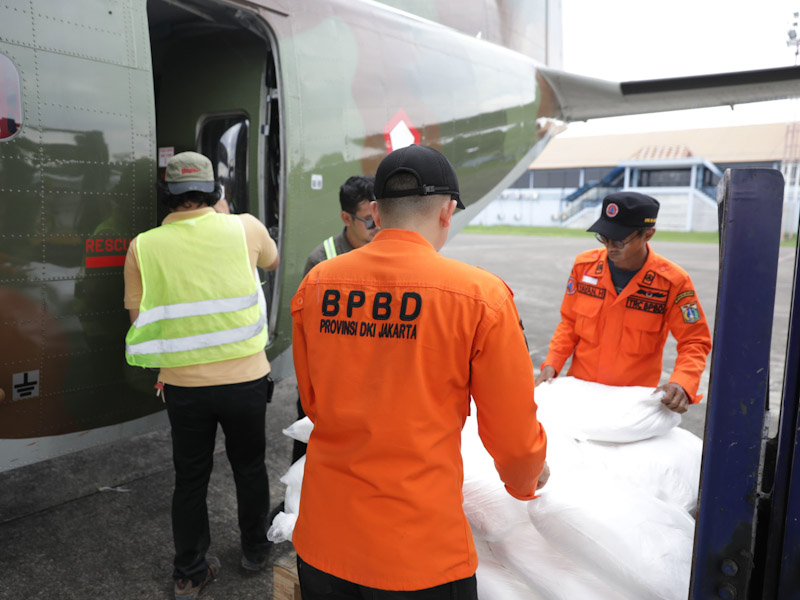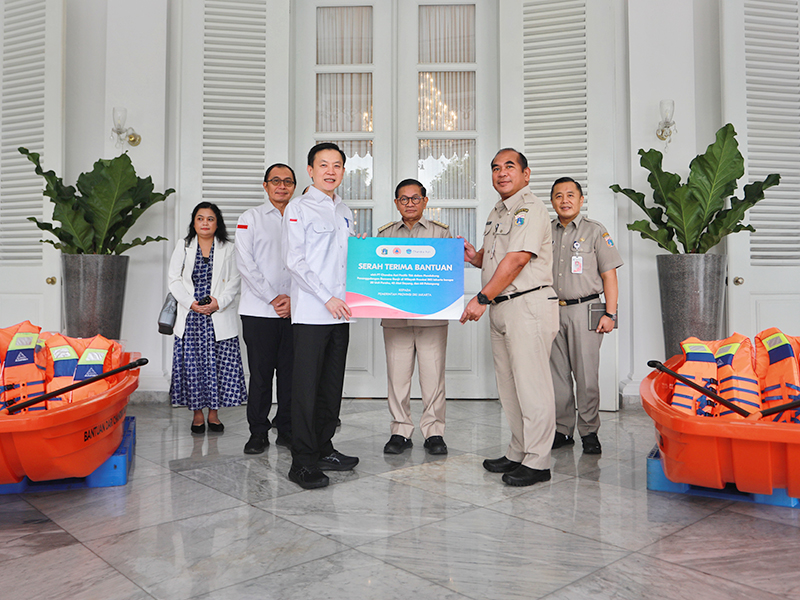Stakeholder Partnership in Jabodetabekjur Agglomeration Area Strengthened
Reported by Aldi Geri Lumban Tobing | Translated by Maria Inggita
Stakeholders are strengthening partnerships to enhance coordination and emergency response in order to improve the effectiveness of disaster management in the Jakarta, Bogor, Depok, Tangerang, Bekasi, and Cianjur (Jabodetabekjur) metropolitan area.
"We cannot work separately, but must synergize in a system that supports each other,"
This initiative involves the central and regional governments, National Disaster Management Agency (BNPB), Regional Disaster Management Agency (BPBD), business sector, academics, as well as civil society organizations and humanitarian volunteers.
As a region with a high level of disaster vulnerability, such as floods, earthquakes, landslides, and fires, synergy among parties is crucial to ensure optimal preparedness and mitigation.
Extreme Weather on March 13-15, 2025, BPBD WarnsJakarta BPBD Head, Isnawa Adji, stated that the Jabodetabekjur area itself is part of a single watershed area (DAS) with high people's mobility. This condition leads to disaster risks in one area that can impact other areas.
"Therefore, we cannot work separately, but must synergize in a system that supports each other. Involving all stakeholders is crucial to create a strong and sustainable disaster resilience system. Synergy between the governments, business sector, academics, and society is the key to face these challenges," he expressed, on Thursday (3/13).
In the context of disaster risk reduction, he continued, an integrated Early Warning System from upstream to downstream is crucial to ensure information on potential disasters can be delivered quickly and on target.
He conveyed that the integrated system could enhance public preparedness and minimize disaster impacts.
"Besides integrating the Early Warning System, we also need to integrate the 112 emergency call service, which will make it easier for people to report disaster events or other emergency situations. With this service, responses to disaster can be faster and better coordinated," he explained.
As part of strategic measures, here are several key programs that will be implemented:
1. Enhanced integrated early warning system by utilizing technology for real-time disaster monitoring and information dissemination to the public through various communication platforms.
2. Alignment of SOP and emergency response protocols to develop standardized operational procedures to speed up the disaster response throughout Jabodetabekjur area.
3. Joint simulation and training by holding regular drills involving various elements to enhance the preparedness of the community and disaster management officials.
4. Collaboration with private sector and business sector to encourage active participation of companies in providing logistical aid and post-disaster recovery.
5. Strengthening the role of communities and volunteers in educating people to be more responsive to potential disasters and improving local community participation in mitigation efforts.
"By strengthening this partnership, it is hoped that disaster response in the Jabodetabekjur area can be more coordinated and effective, thus reducing the impact and speeding up post-disaster recovery," he concluded.






